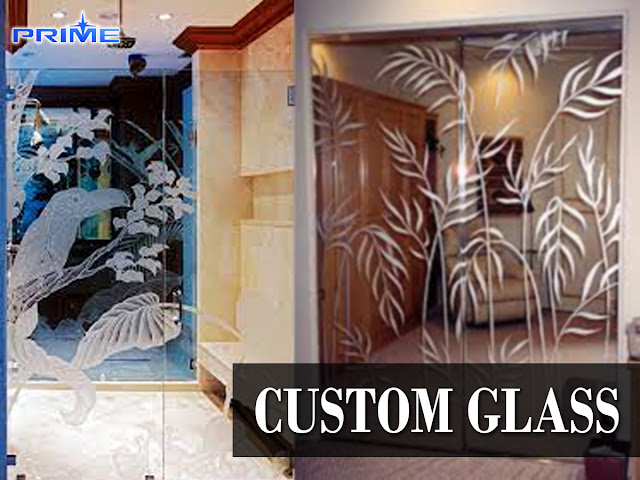When designing your interiors, understanding the difference between laminated and tempered glass is an imperative consideration. It helps you create the best design solutions in a cost-effective fashion.
Is There Anything
Common between Tempered & Laminated Glass?
Both of them are considered safety
glasses. These types were invented in order to prevent injuries caused by
broken glass. Different building codes recommend their use. But the glazing has
to be large, and it must be close to the walking routes/floor level.
In
these scenarios, there’s a greater possibility of glass being shattered. And
when ordinary glass breaks, it might produce sharp shards that injure
individuals. But considering the sort of safety glazing, it will remain
harmless even if it breaks.
Outlining the
Differences -
The
sheer difference between laminated and tempered glass lies in their production.
The technology assesses the features and costs.
Tempered
glass is a single piece of annealed glass that turns into safety glass upon
tempering. In short, tempering is nothing but the thermal processing during
which the internal layer is imposed to tension. On the flip, the outer layer is
subjected to compression, resulting in improved durability.
Laminated
glazing comprises two glass layers combined with an additional plastic layer.
Glass layers may be both tempered and regular glass, and the plastic layer
happens to be PVB (polyvinyl butyral). Flexibility, clearness, adhesiveness,
and toughness are the prime features.
Tempered
glazing is stronger and hard to break, while laminated glazing may have a layer
of tempered glass to make it sturdier. The laminated glass might be thrice or
four times more costly than tempered ones.
Tempered
vs Laminated Glass: Uses -
Laminated
glazing is commonly used for security purposes in commercial buildings, whereas
tempered glass gets used for safety in apartments and houses. So, laminated
glazing gets used in walls, windows, doors, office buildings, and shopping
malls. On the contrary, tempered glazing gets used in household doors and
windows, storm doors, room dividers, tubs, elevators, shower doors, and stairways.
Depending
on the uses, you can select the custom glass New York.





No comments:
Post a Comment